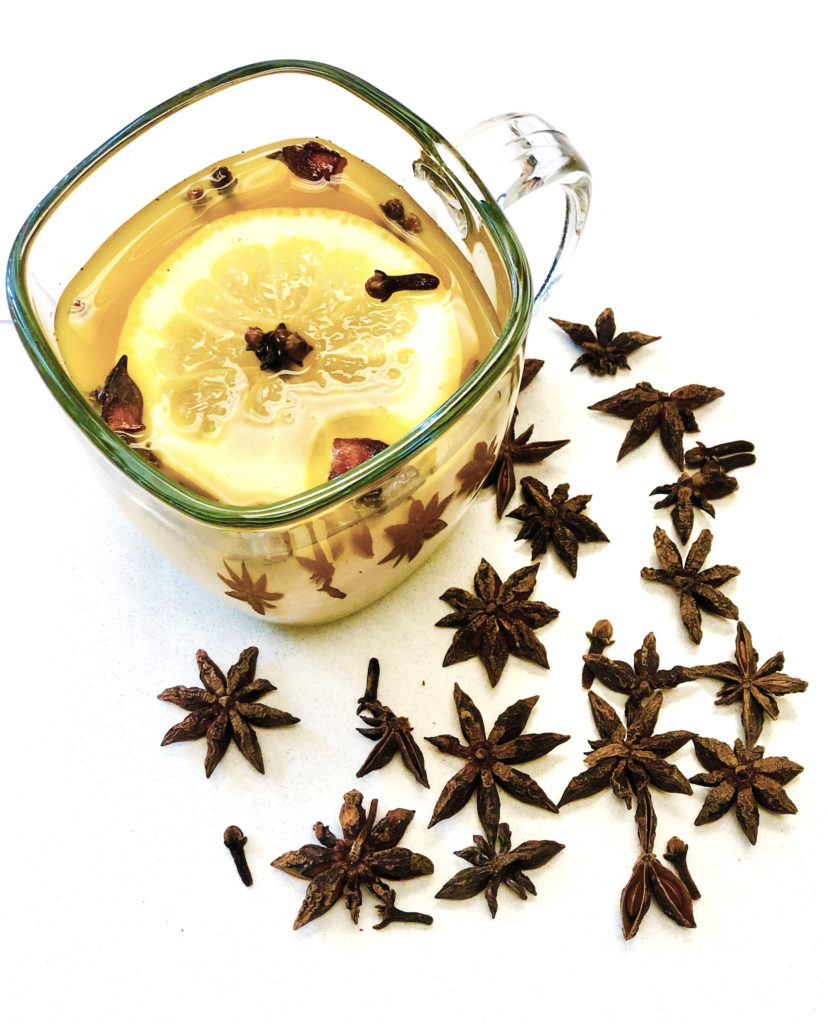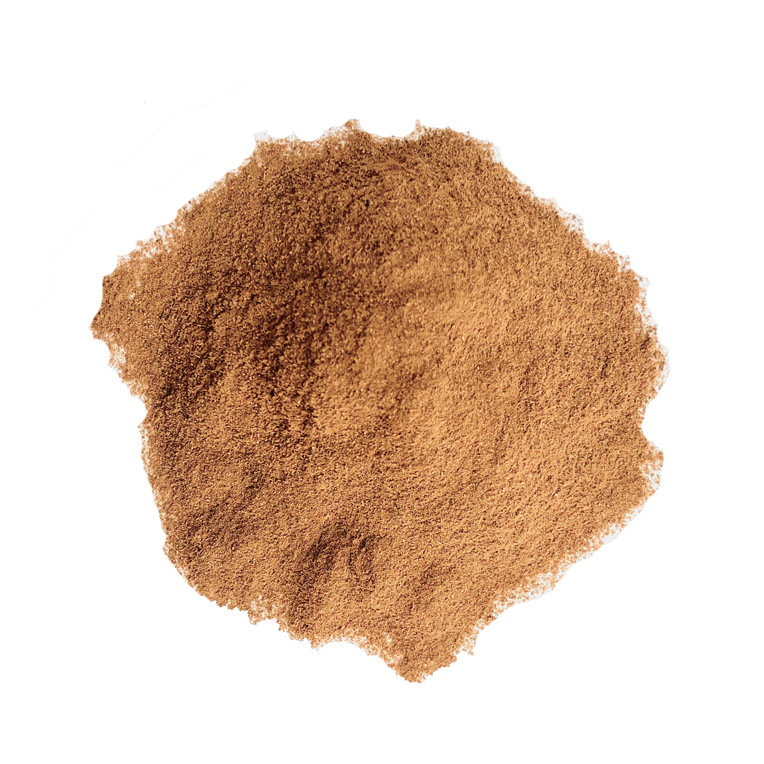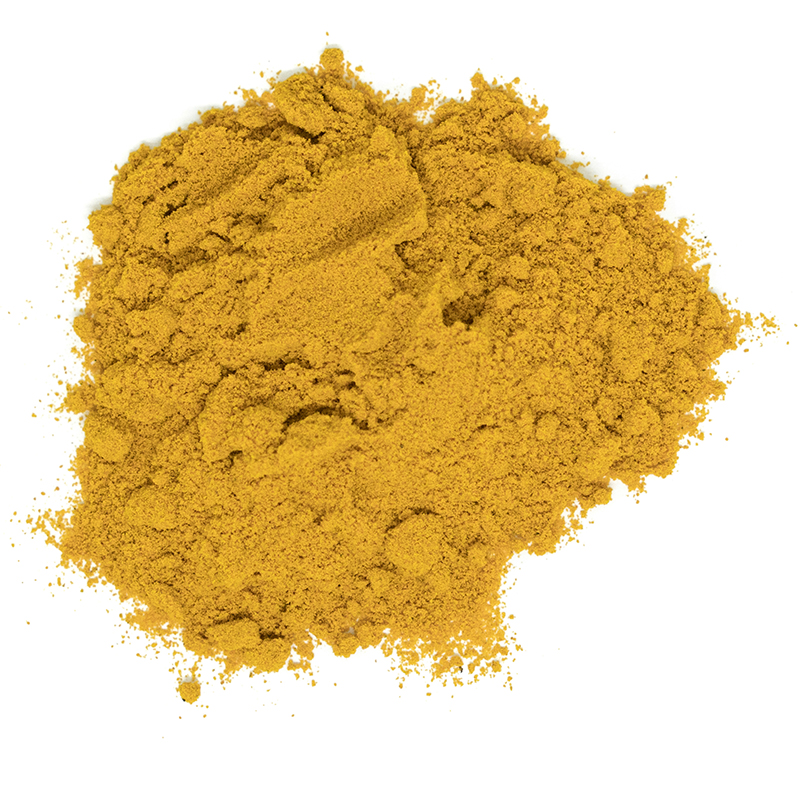Ceylon Cinnamon is a common spice used in every kitchen across the globe. It’s unlikely to have not heard about the delicious flavour of cinnamon. And who amongst us doesn’t love cinnamon rolls?
We recently brought in the Organic Ceylon Cinnamon due to popular demand and we wanted to share with you the story of this incredible kitchen staple!
History of Ceylon
Ceylon Cinnamon or known as True Cinnamon is native to Sri Lanka. The old botanical synonym for the tree, Cinnamomum zeylanicum, is derived from Sri Lanka’s former name, Ceylon. Ceilão, the name given to Sri Lanka by the Portuguese Empire, was transliterated into English as Ceylon.
The rising demand for cinnamon in Europe accelerated the search for the secret destination of cinnamon with Spaniards searching in new found America and the Portuguese setting sail towards Africa.
It was actually just a mere twist of fate that brought the Portuguese to the shores of Sri Lanka, when a storm at sea blew a Portuguese Fleet commanded by Lourenço De Almeida to the shores of Sri Lanka, in 1505. The Portuguese found the country to be strategically lucrative to seafaring and soon realized that they have finally discovered the secret source of the best cinnamon in the world. That still remains true over 500 years later, Sri Lanka still produces the most amazing Cinnamon.
Artisan Production
The methods for harvesting cinnamon today do not quite share its resemblance to stories from the past. It may not be tales of enormous birds carrying cinnamon sticks to their nests on really high mountains tops like the legends say.
It is due to delicate and diligent artisan work unique to Sri Lanka that has been passed on from generation to generation. There is so much history to the way Cinnamon is grown and harvested!
Cinnamon is harvested by growing the tree for two years and then coppicing it. The growers harvest the main crop mostly in the wet season by cutting the shoots as close to the ground as they possibly can. As they are being processed, the shoots are first scraped with a semicircular blade and then rubbed with a brass rod to loosen the bark, which is split with a knife and finally peeled. The peels are telescoped one into another, forming a quill, and is filled with trimmings of the same quality bark to maintain a cylindrical shape.

Benefits of Ceylon Cinnamon:
Ceylon Cinnamon can impact us in so many good ways, by adding warmth and rich flavours to our recipes and contributing to your overall wellness.
Ceylon Cinnamon has traditionally been used for many health purposes and evidence suggests it can have beneficial cardiovascular effects.
Studies show that Ceylon Cinnamon has antioxidant and free radical scavenging properties. In addition, Ceylon Cinnamon seems to lower blood glucose, serum cholesterol, and blood pressure.
Top Health Benefits:
- It has anti-viral, anti-bacterial, and anti-fungal properties.
- Contains antioxidants with anti-inflammatory effects.
- Its prebiotic properties may improve gut health.
Tips and Tricks:
- Cinnamon tea is a comforting warm drink that’s brimming with antioxidants. It’s the perfect recipe to sip on during cold & flu season, or anytime you need to warm up!
- You can use Ceylon Cinnamon just like you would any other cinnamon in culinary dishes. Sprinkle it on roasted veggies for a warming flavour, add it to a chia seed pudding, or make some keto cinnamon rolls.
- Use in Tincture – Add Ceylon Cinnamon to a homemade tincture to increase absorption of the herbs and improve flavour.
- Ceylon has a lighter flavour compared to Cassia, it is perfect for your more delicate recipes like Coffee Cake, Taffy, Ice Cream, Breakfast Bowls or even Caramelized Bananas!
Connect with us!
We would love to learn your recipe ideas on using Ceylon! Share some tips with us on Facebook, Instagram, or Pinterest and we will try and feature them in our next blog post!

